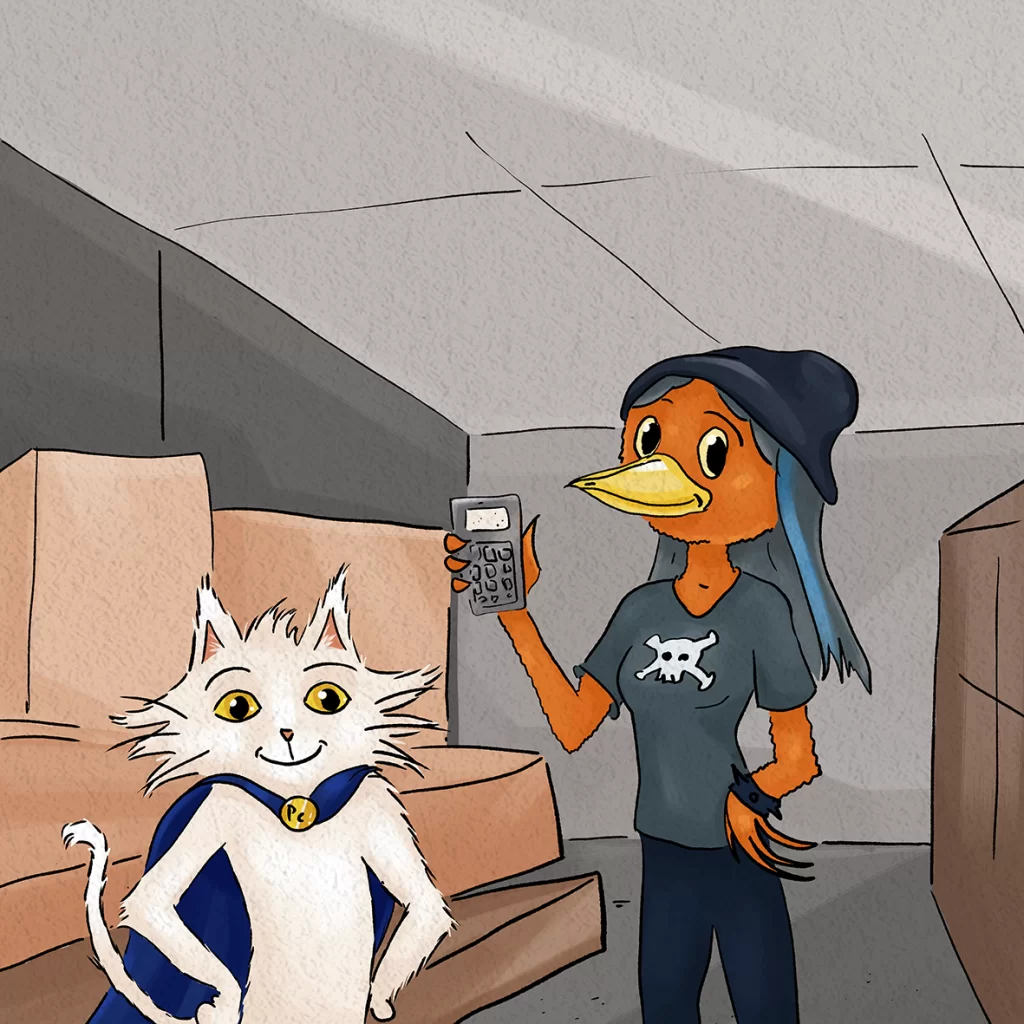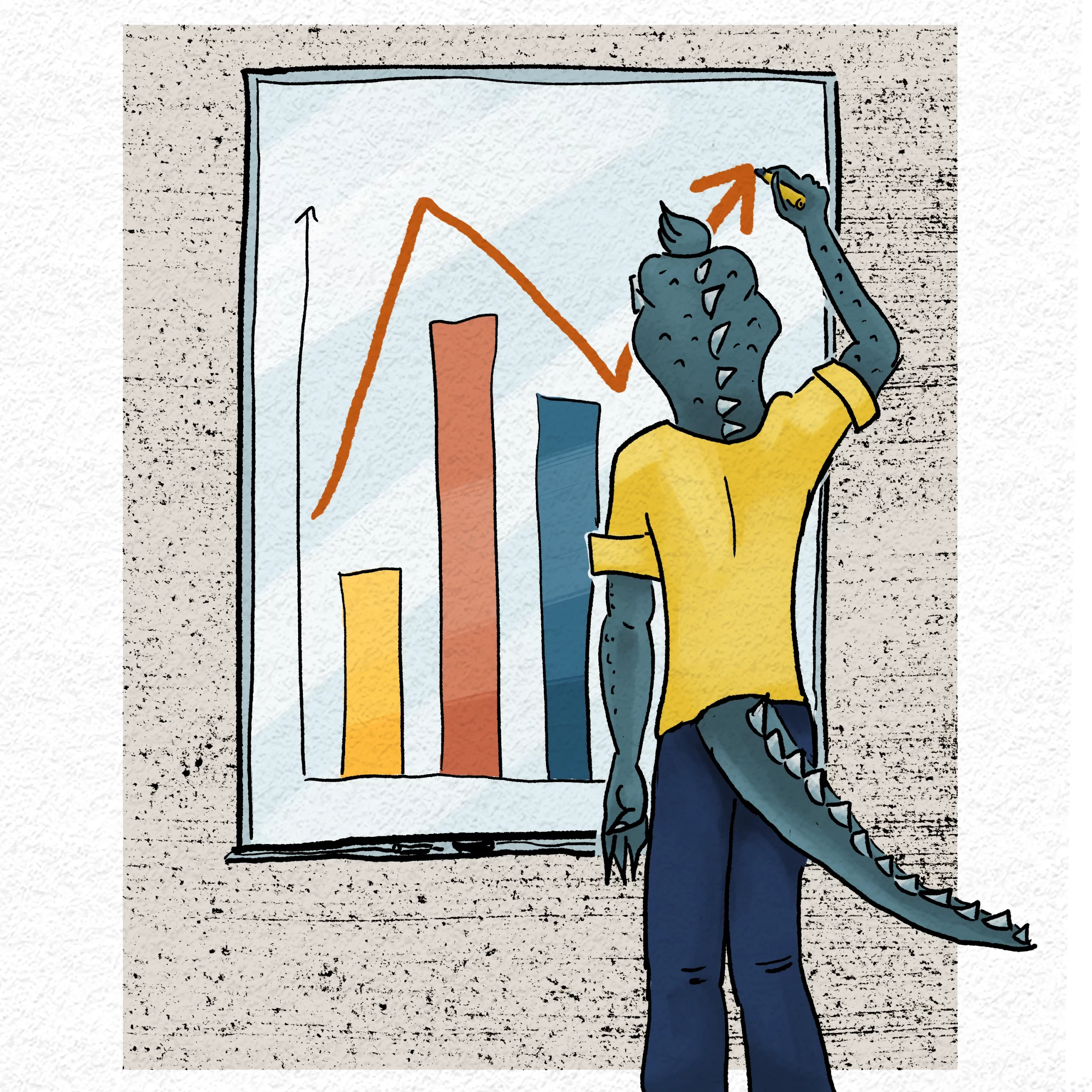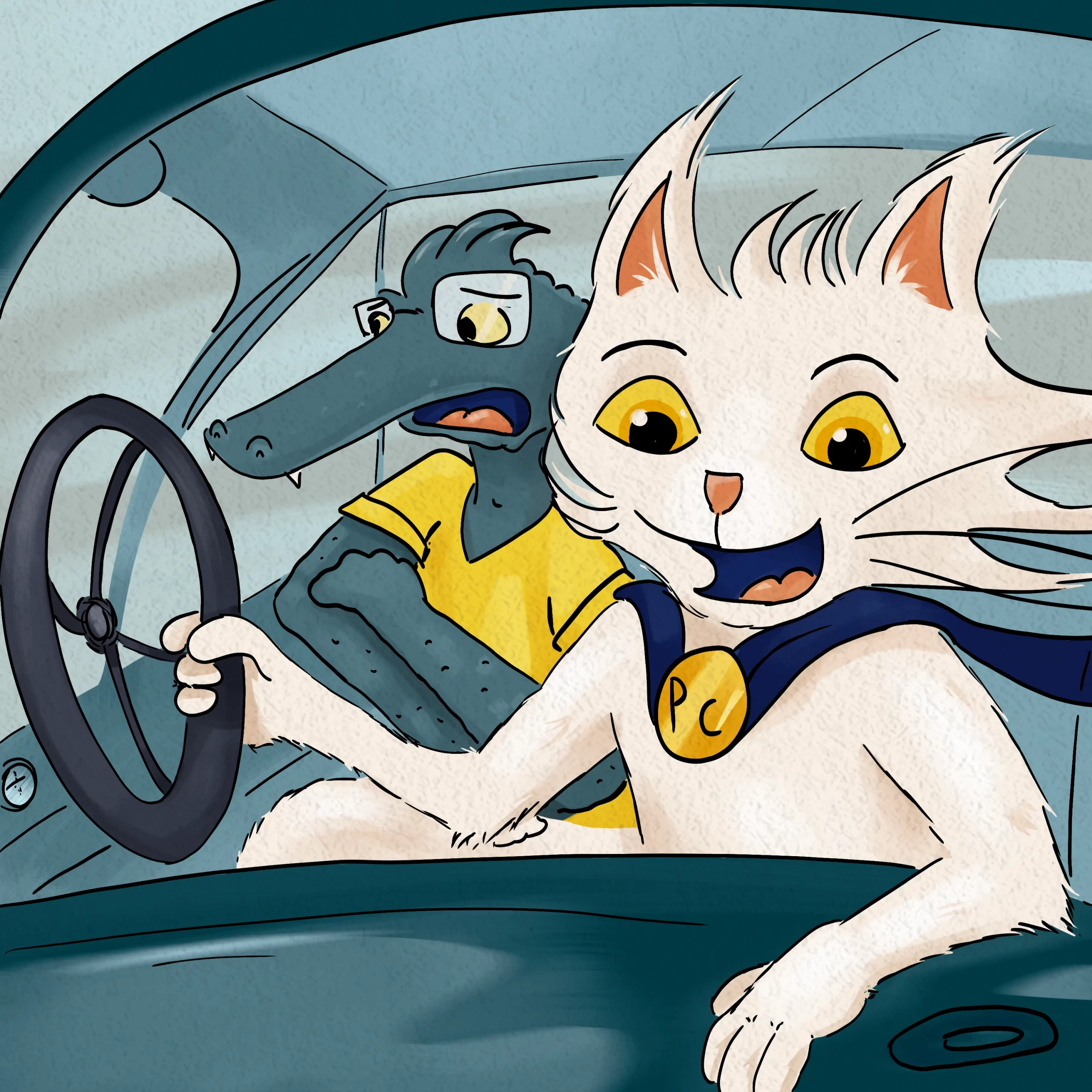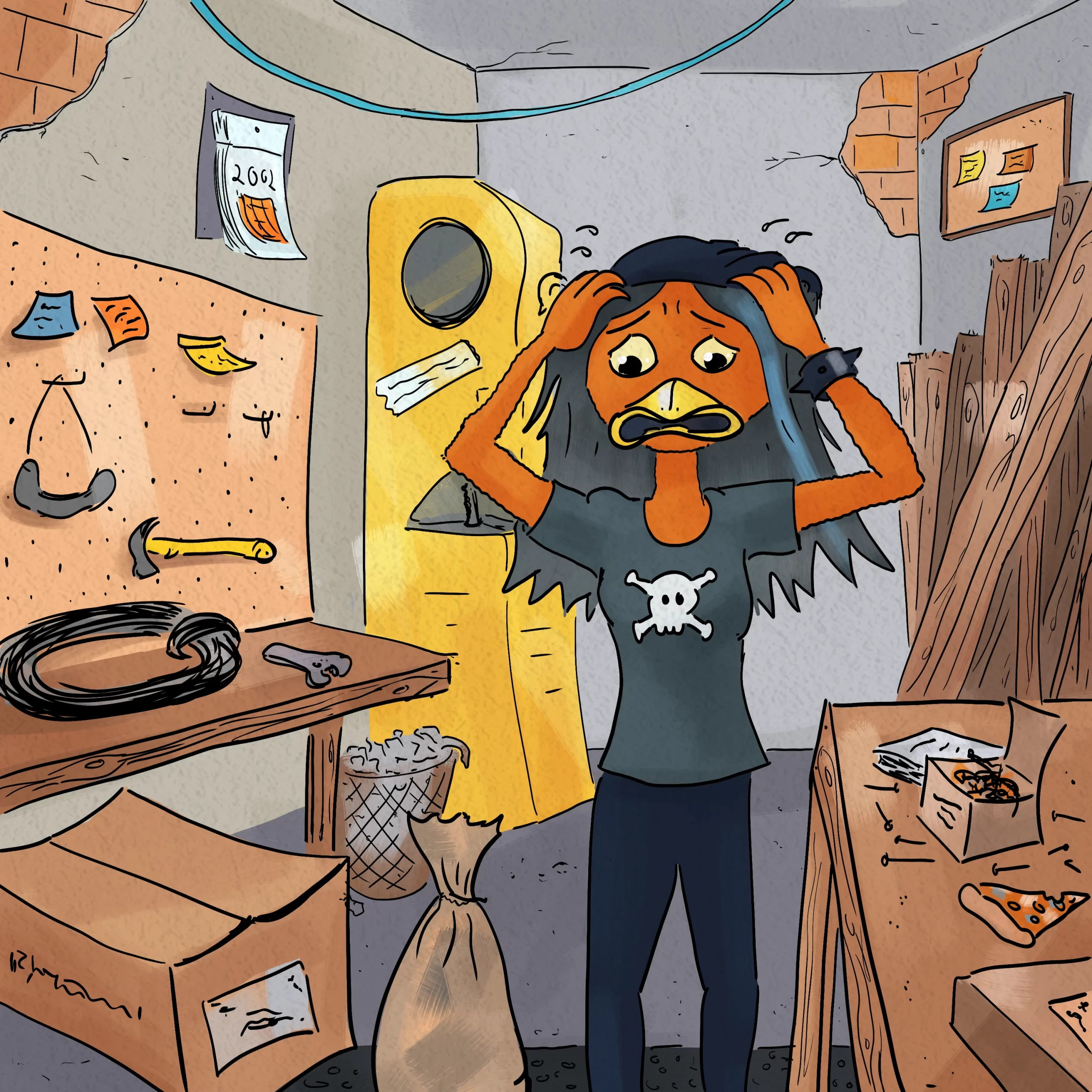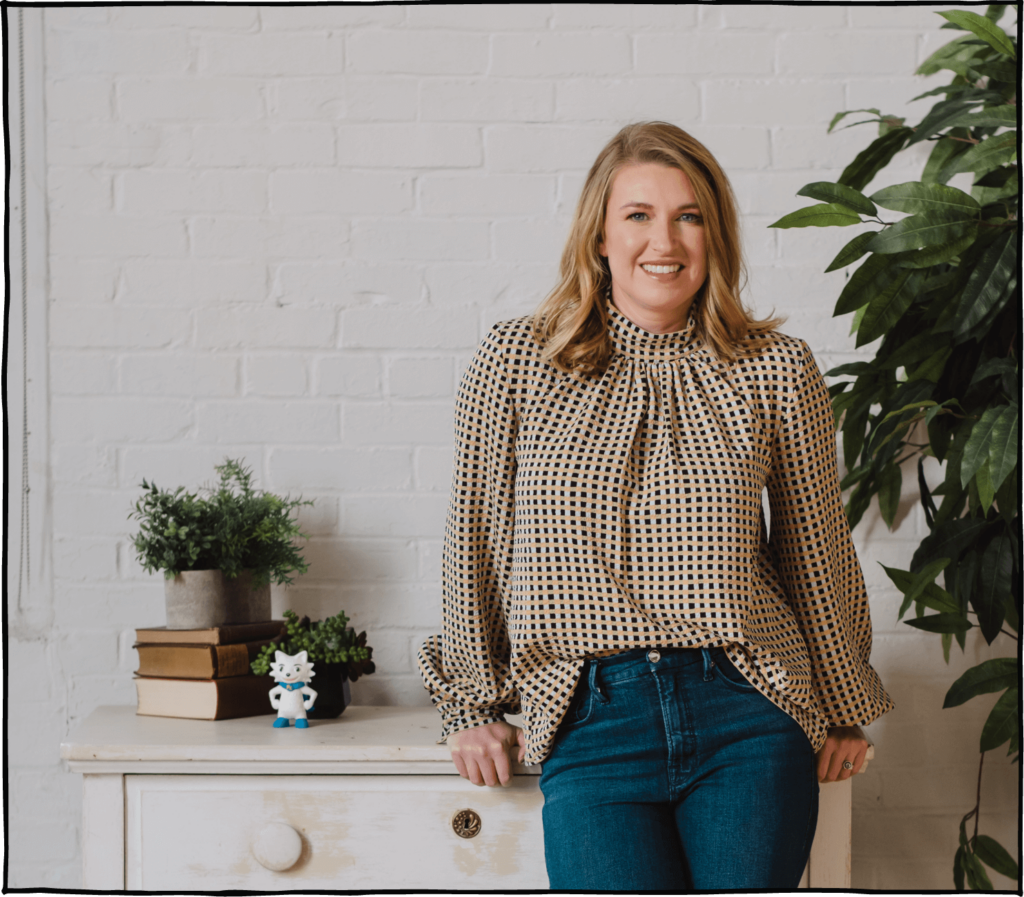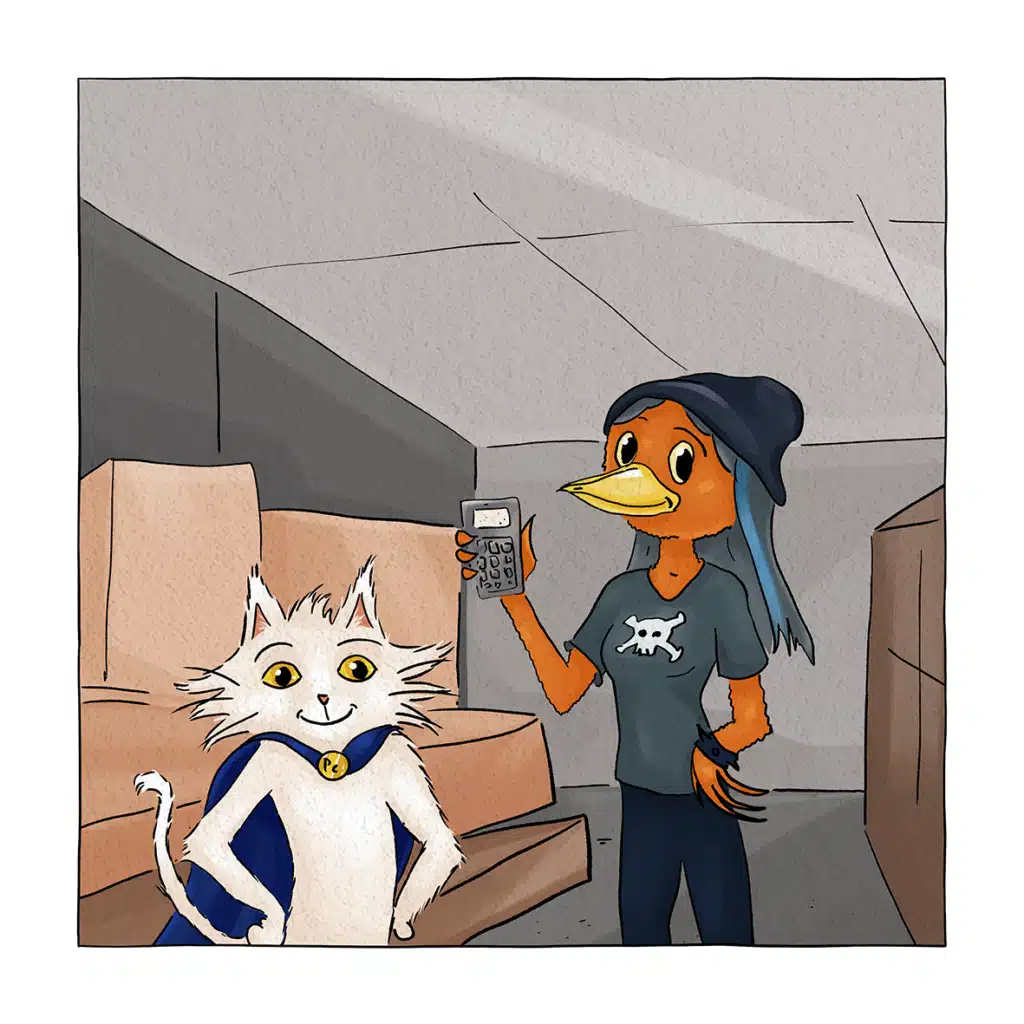
Believe it or not, most maker/manufacturer businesses start out not knowing exactly how much their manufacturing costs!
That’s because the calculation isn’t as straightforward as you might assume.
Now, if you’re getting something made by a contract manufacturer, of course, you can just get quotes from several companies and go from there.
But if you’re keeping your manufacturing in-house as your business grows, you’ll need to figure out what your manufacturing cost is so you know how to price your products and how many you’ll need to sell to meet your financial goals. And even if you are planning on working with a contract manufacturer, it can be useful to know how they arrive at their manufacturing cost estimates.
Rhonda suddenly found herself needing to make those calculations…
If you’re a regular PCat reader, you know that Rhonda is a retired nurse who now runs a craft business, making and selling wooden items like coasters.

What does this have to do with my Manufacturing Cost Estimates???
Fair enough. We’re getting there.
See, Rhonda recently had a visitor

But Max wasn’t here for a social visit this time…
See, Max had heard about the gang’s recent surprise party where they made a whole army of plastic figurines to surprise their friend, and he wanted to same thing for one of his friends!
But, not having or knowing how to use the technology, he asked if Rhonda would make the figurines for him (he’d pay her, of course!)
Which meant Rhonda had to do some…
Manufacturing Cost Calculations
So let’s look at how you actually do the calculations to determine the cost to manufacture something. We’ll use the familiar example of 3D Printing a plastic sculpture.
In the most theoretical model, the manufacturing cost is shown by this equation:
Total Cost = (Equipment cost) + (Tooling cost) + (Material cost) + (Overhead cost)
Equipment Cost
The cost to buy the machine that will make the parts. In our example, this would be the 3D Printer. (The one Rhonda has cost $1000 when it was new.)
How much will that be per part? To figure that out, you need to spread the cost of the equipment over the amount of time that you think you’ll end up using it, and figure out how many parts could make in that amount of time.
In Rhonda’s case, each sculpture takes 2 hours to print, and she has the 3D Printer running 10 hours per day on average, for 360 days/year. She plans to keep this printer for 2 years. So:
($1000/printer)*(1 printer/2 years) = $500/year to own the printer.
(10 hours/day)*(1 sculpture/2 hours) = 5 sculptures/day
(5 Sculptures/day) * (360 days/year) = 1800 sculptures/year
Equipment cost = ($500/year)*(1 year/1800 Sculptures) = $0.27/sculpture
Tooling Cost
The cost of the specific item used only to make your part. (In 3D Printing there is no tooling cost. But just so you have an example, in the case of injection molding this would be the cost of the actual mold.)
Tooling cost = $0/sculpture
Material Cost
The materials cost might be the ingredients if you’re making a food product, or the metal if you’re a blacksmith.
In Rhonda’s case, this is the cost of the plastic filament that the 3D printer uses to make the sculptures. Hers costs $35.00 for a 1kg spool and each sculpture uses 100g. of material (including the support structures) for each sculpture.
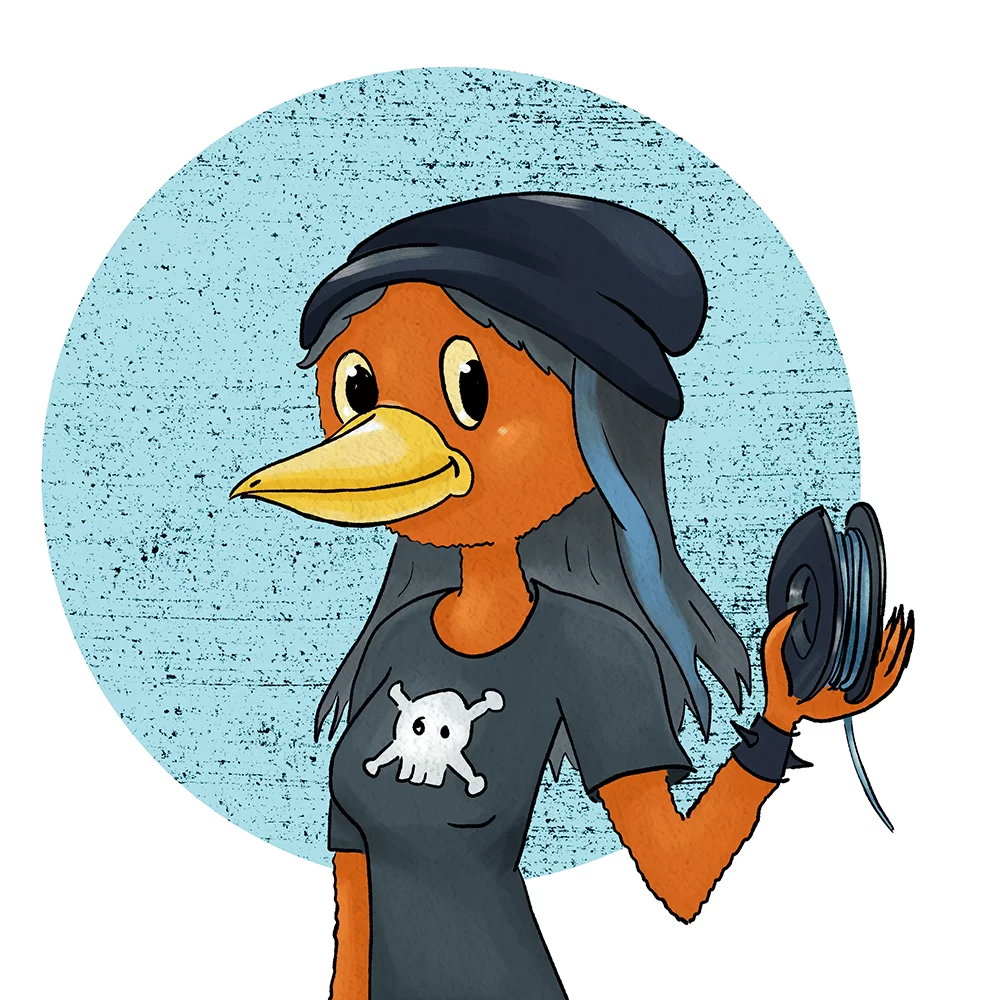
Materials cost = ($35/kg)*(0.1kg/part) = $3.50 per part
Overhead Cost
The cost of keeping your business running! (Rent, electricity, etc.) In a “textbook” case, labor is usually rolled into overhead cost, on the assumption that your employees work a set number of hours per week and get paid a set amount per hour regardless of what they’re doing. (This may or may not be true in your business.)
Overhead is often the one that will be the trickiest to nail down in real life. If you can’t figure it out exactly, that’s totally normal. Just do the best you can!
But Rhonda looks back at her bookkeeping records for the year (which of course she has been keeping very diligently so that she’s not scrambling to straighten everything out right before taxes are due!) and she calculates this number to be $200 per hour. As we said above, each figure takes 2 hours to print.
Overhead = ($200/hour)*(2 hours/part) = $400/ part
So, we find that each sculpture costs
$0.27 + $0 + $3.50 + $400 = $403.77
Wait a minute, that can’t be right…
Now, obviously, you’d find it pretty difficult to sell a 3D-printed plastic sculpture for more than $400, which you would need to do to make any money. And even though Rhonda isn’t really concerned about sales in this case, she does realize that it wouldn’t be fair to charge her cousin $400 per part either!
So where’s the problem here? Well, you’ll see that the largest number by far is the overhead, at $400 per part. But to get that number Rhonda assumed that 100% of her overhead cost is going to only make this one product. Meaning, her entire workshop with all of its overhead (heat, light, etc) and all of her time (labor) would ONLY be used to make that one 3D-printed figurine!
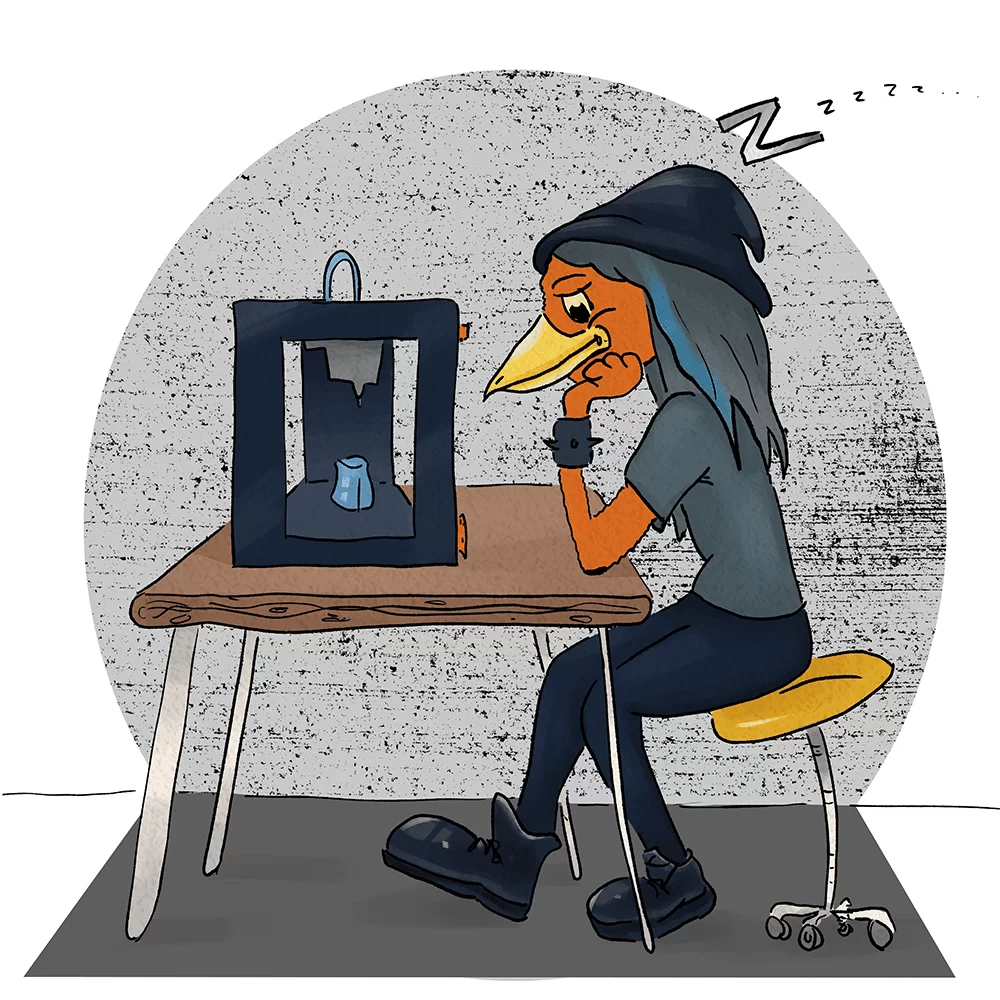
In reality, Rhonda can just set the printer to run. While it runs she can work on other projects until it’s time to unmold.
You almost certainly wouldn’t set up your business that way either! You’d either have many printers with the same employee running all of them (which you could easily do without hiring more employees since the vast majority of the time, the printer is running on its own, and without dramatically increasing your rent or other overhead costs since 3D printers are fairly small,) or like Rhonda, you’d have other pieces of equipment such that your employee and space costs would be divided among several products.
Side note: you can also see one of the reasons that 3D-Printing is not usually the method of choice for high-volume production: in the same 2 hours that it takes to 3D-Print one sculpture, you could injection-mold…
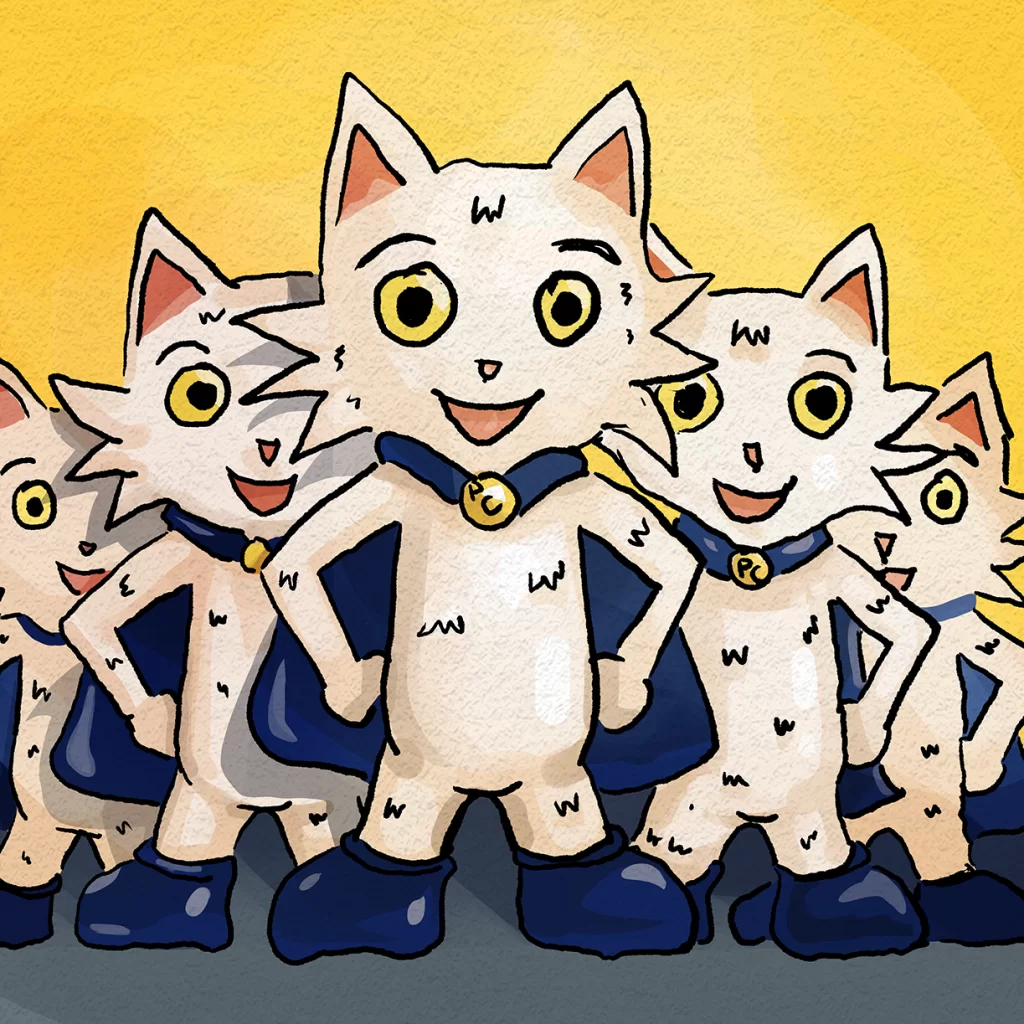
For more on that topic, check out this article on how to choose the right manufacturing technology for your project’s scale!
Weekly Challenge:
Collect as much of the manufacturing cost data as you can for your business, and run this calculation for yourself. What you find may surprise you!
